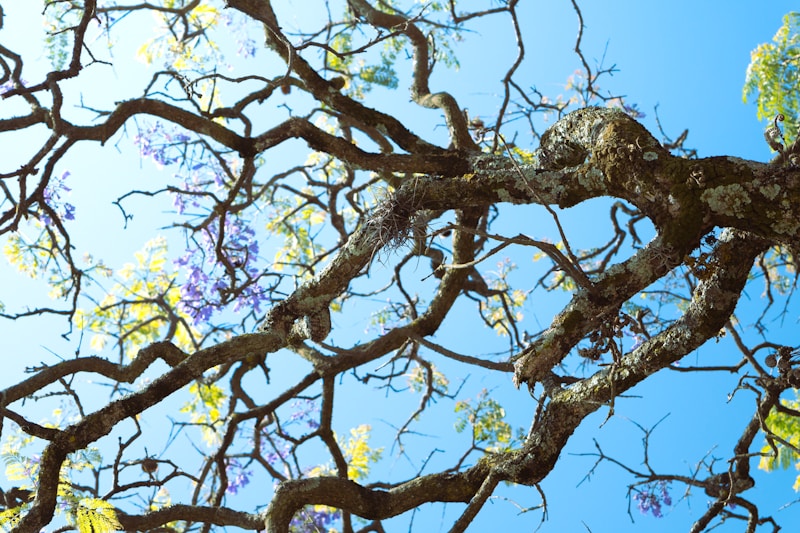Questions and Answers
Mimicry of leaves by insects is an adaptation for evading ______
predators
The creosote bush produces toxins to prevent other plants from growing nearby, reducing competition for ______ and water
nutrients
Echolocation in bats is an adaptation for catching ______
insects
Fish species that live in completely dark caves have ______ eyes
Signup and view all the answers
The male blue-footed booby exaggerates his ______ movements to attract a mate.
Signup and view all the answers
After droughts, finches on the Galapagos Islands evolve deeper, stronger ______ to eat tougher seeds.
Signup and view all the answers
During the Industrial Revolution, dark-colored peppered moths were favored due to better ______.
Signup and view all the answers
Natural selection triggered by human activity can often be observed and ______.
Signup and view all the answers
Plants and insects exhibit coevolutionary processes, such as the exclusive relationship between plants and their __________.
Signup and view all the answers
Central American Acacia species have hollow thorns and nectar pores that serve as the exclusive nest-site for some species of __________.
Signup and view all the answers
The ants that drink the nectar from Acacia plants also defend the plants against __________.
Signup and view all the answers
The coevolutionary relationship between plants and ants likely led to the evolution of hollow thorns and nectar pores in plants, and herbivore defense behaviors in __________.
Signup and view all the answers




